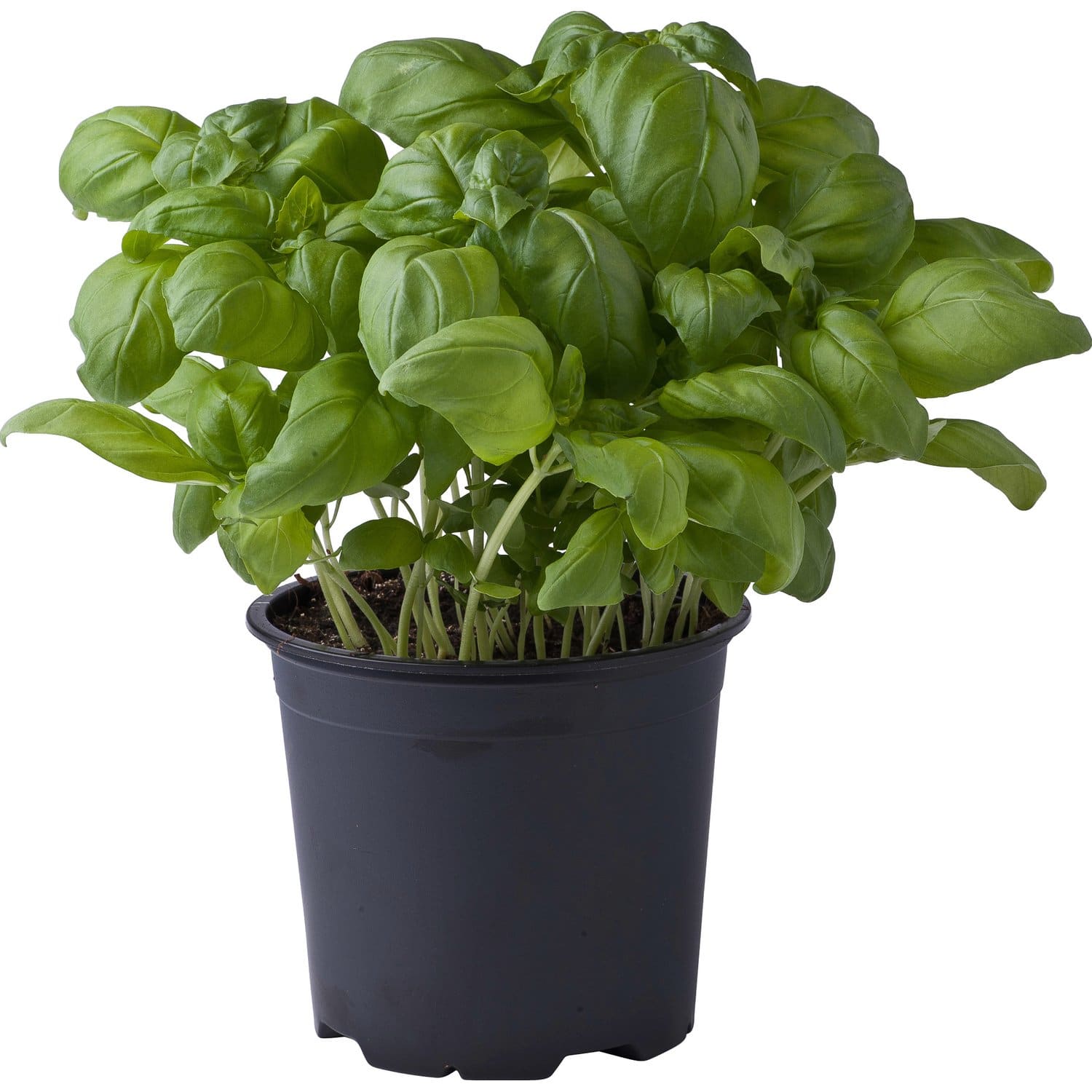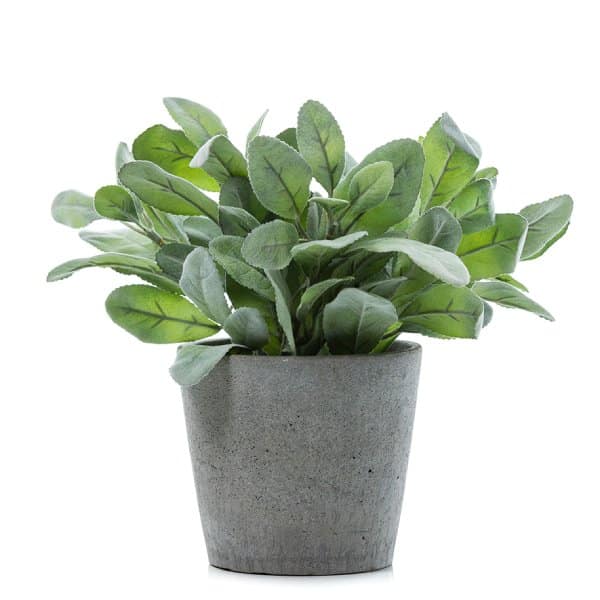At Sherries Estates, we believe that the path to culinary delight begins right in your backyard. 🌱🍽️ Whether you’re a seasoned chef or a novice cook, growing your own herbs is a rewarding experience that adds flavor and freshness to every dish. Let’s dive into the world of herbs and explore how to grow them successfully and incorporate them into your cooking.
Getting Started with Herb Gardening
Before you can enjoy the fruits (or rather, herbs) of your labor, it’s essential to start with the basics of herb gardening. Choose a sunny spot in your garden or balcony that receives at least 4-6 hours of sunlight daily. Select high-quality potting soil and containers with adequate drainage to ensure healthy herb growth.
Must-Have Herbs for Your Garden
While the options are endless, there are a few essential herbs that every aspiring herb gardener should consider:
Basil: The Aromatic Essential
Mint is a fragrant herb that brings Mediterranean flair to your cooking.
🍃 Planting: Basil thrives in well-drained soil with a few hours of sunlight. Consider growing it in a pot or directly in your garden.
🍃 Watering: Keep the soil consistently moist but not waterlogged.
🍃 Harvesting: Pinch off the leaves regularly to encourage bushier growth. The more you harvest, the more basil you’ll have!
🍃 Culinary Uses: Basil pairs wonderfully with tomatoes, mozzarella, and olive oil. Use it in pesto, salads, and as a garnish.
Mint: The Versatile Herb
Mint is a hardy herb that thrives in both sunny and semi-sunny areas.
🍃 Planting: Choose a pot or planter to prevent mint from spreading too aggressively. Keep the soil consistently moist, especially during hot summers.
🍃 Harvesting: Regularly trim the top to encourage leaf growth. Use mint immediately or freeze it for later use.
🍃 Culinary Uses: Mint complements fruits, vegetables, meats, and beverages. Add it to salads, teas, cocktails, and desserts.
Sage: The Savory Herb
Sage loves warmth and partial sun.
🍃 Planting: Sage benefits from some sunlight but avoid exessive exposure that will cause scorching.
🍃 Watering: Once established, sage needs less water.
🍃 Harvesting: Pick leaves at any time, favoring younger ones for the best flavor.
🍃 Culinary Uses: Sage pairs beautifully with poultry, stuffing, and roasted vegetables.
Chives: The Cool-Season Crop
Chives flourish in fertile, well-drained soil.
🍃 Planting: Grow chives in a sunny or partially shaded spot.
🍃 Watering: Keep the soil moist, especially during dry periods.
🍃 Harvesting: Remove flowers to maintain flavorful leaves. Regular cutting encourages new growth.
🍃 Culinary Uses: Fresh chives add a mild onion flavor to omelets, soups, and creamy sauces.
Parsley: More Than Just a Garnish
Parsley is a common herb with surprising versatility.
🍃 Planting: Plant parsley in fertile, well-drained soil. Shelter it from direct sunlight.
🍃 Watering: Allow the soil to mostly dry before you water in abundance again.
🍃 Harvesting: Wait until there are at least 8 to 10 leaves before picking. Regular harvesting ensures a continuous supply.
🍃 Culinary Uses: Use parsley in savory dishes, flavored butter, and stuffing. It’s rich in vitamin C.
Visit Sherries Estates for more!
Growing your own herbs is not only a practical and cost-effective way to enhance your cooking but also a delightful journey of exploration and discovery. Visit our garden center today to start your herb garden adventure and embark on a flavorful culinary experience that begins right in your own backyard. Happy gardening and happy cooking! 🌿🍴




